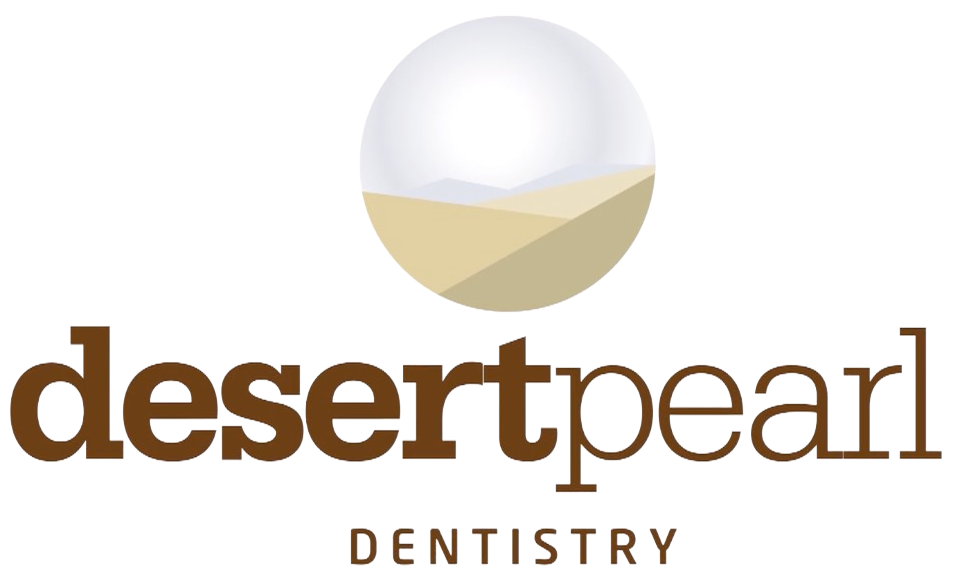2020 was a troubling time for just about everybody involved and could definitely be described as troublesome times. Adding to the rise of COVID and a year or more of being isolated was a concerning new trend. First featured on TikTok, teeth shaving quickly became the newest fad among those following social media. Teeth filing or shaving involves using sandpaper or a nail file to straighten uneven teeth in a DIY fashion. While it didn’t get its start there, it was TikTok that took it out of relative obscurity and into the nightmares of dentists everywhere.
Understanding The Risks of Dental Shaving
Just the words ‘dental shaving’ can be enough to set most people’s teeth on edge. The very idea of taking a nail file or piece of sandpaper to your teeth sounds like a quick way to significant pain. However, dental shaving has been a part of many dental procedures for years. The problem comes when you attempt to perform this procedure yourself. Without proper training or understanding of the risks involved, it’s entirely possible to cause lasting damage. Here are some facts about dental shaving:
- Your teeth have a hard exterior surface made of enamel. This substance is the hardest your body has to offer, but it doesn’t grow back.
- Enamel protects the sensitive nerves and pulp within your teeth. Thinning the enamel can cause dental sensitivity and significant pain.
- Dental shaving is used as part of dental restoration techniques when veneers or crowns are going to be set in place. The amount removed is precisely controlled.
- DIY dental shaving lacks this level of precision and is based mostly on guesswork.
- DIY dental shaving produces results that look good upfront but don’t necessarily last. Especially if you experience bruxism or dental grinding.
- Tooth decay is accelerated with improperly done dental shaving.
- Expensive restorative and cosmetic treatments may be necessary to address problems caused by dental shaving.
Your dentist may suggest clinical dental shaving for:
- Cosmetic treatments that enhance the appearance of your teeth or prepare for the placement of veneers or other restorations.
- Issues with an improper bite or jaw pain may benefit from dental shaving used to improve evenness. TMJ Disorder can also be addressed with this procedure.
They may also suggest a treatment to reshape your rear dental cusps in a procedure known as occlusal equilibration. This helps your teeth fit together properly, reduce wear, and ease muscle spasms or symptoms of TMJ. Recontouring is a shaving procedure that reshapes your teeth to create a smooth and even bite. In rare cases, dental shaving may be used to provide more room when dental crowding is a problem.
Contact Your Dental Specialist To Learn More
If you want to explore more points about the potential dangers of DIY dental shaving, speak to your dentist. They’ll help you understand the risks involved and let you know if an in-office procedure will be appropriate for addressing your concern. Dentists undergo years of training to ensure they can perform procedures like this safely. Don’t take matters into your own hands; you may cause lasting damage to your teeth.



